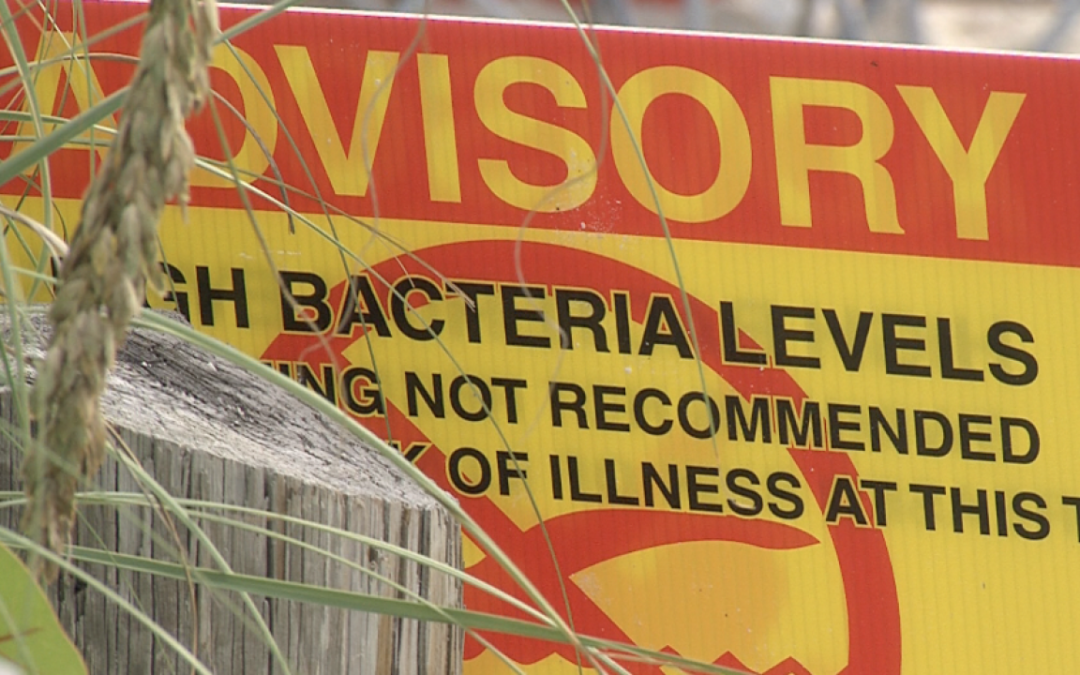Originally published on Fox4 by Andrew Shipley on August 22, 2024
Water is so important to us in Southwest Florida. Water not only feeds our economy, but it also gives us recreation. But what is in our water?
Every month the Calusa Waterkeeper tests our water for fecal indicator bacteria. And just this past month alone, 26 of 31 samples came back as poor to extremely poor. Similar results have been found each consecutive month for more than a year.
“I have been with Calusa Waterkeeper now a year and half and since like day 1 the results have been quite high,” said Calusa Waterkeeper Codty Pierce.
Watch to find out where the bacteria is coming from
Fecal indicator bacteria (F.I.B.) is exactly what it sounds like. It’s typically E. coli or enterococcus bacteria coming from human or animal waste.
“There is safety thresholds put in place, when you get over that 70 mpn, the likelihood you contracting some kind of waterborne illness goes through the roof,” said Pierce.
Calusa Waterkeeper says for months now they have received test results from across numerous lee county waterways with F.I.B. counts in the hundreds and thousands.
High enough that a public advisory would have been issued if it was designated swim area.
“When I was a kid, I did fish, swim, and recreate in those areas, and now that I am an adult, and I have access to the data,” said Codty Pierce. “No, no I don’t get in a lot of our water bodies anymore because of the bacteria concern.”
But where is the fecal bacteria coming from? It could be from a human source like septic tanks or storm water runoff, but it also could be from animal sources. That would require further DNA testing.
“At the end of the day does it matter if you are swimming in the poop of one animal or another,” said Codty Pierce. “That fact is there is a high bacteria count in the water and the potential human health aspect is what we are trying to address here.”
These high F.I.B. numbers for Pierce are just a sign of the bigger problems with our beloved waterways in Southwest Florida.
“It starts with indicator bacteria impairment. It could be an algae issue. It could be nutrient impairment. But sooner or later, the dust bin is going to be full,” said Pierce.
Original Story

























